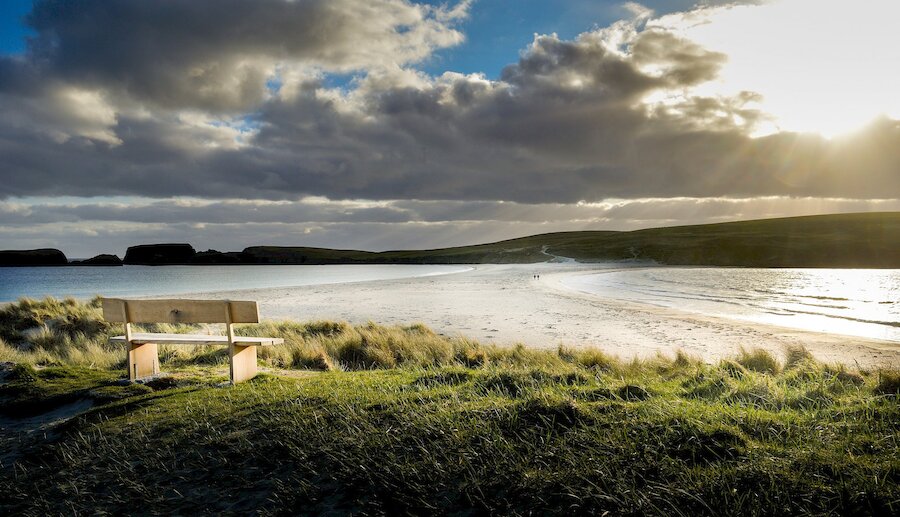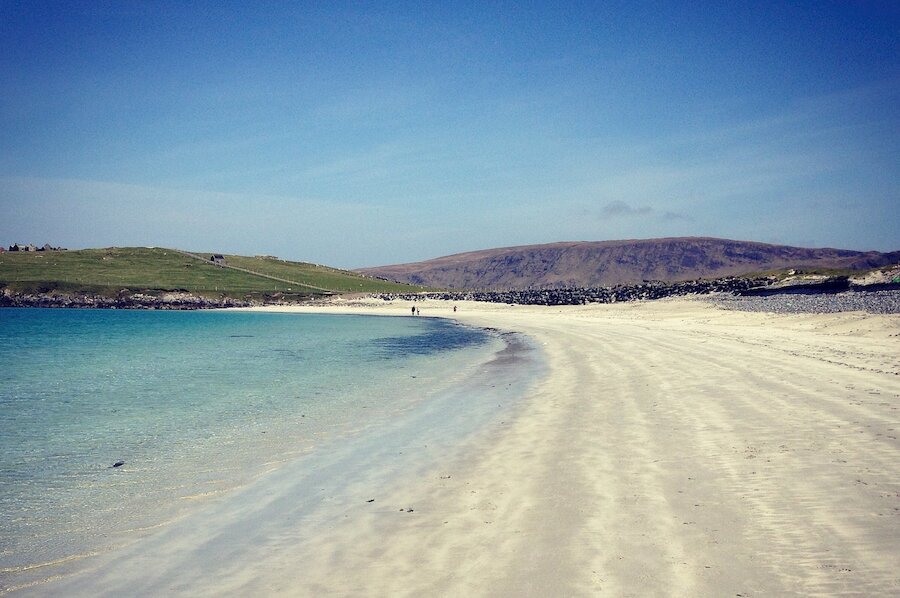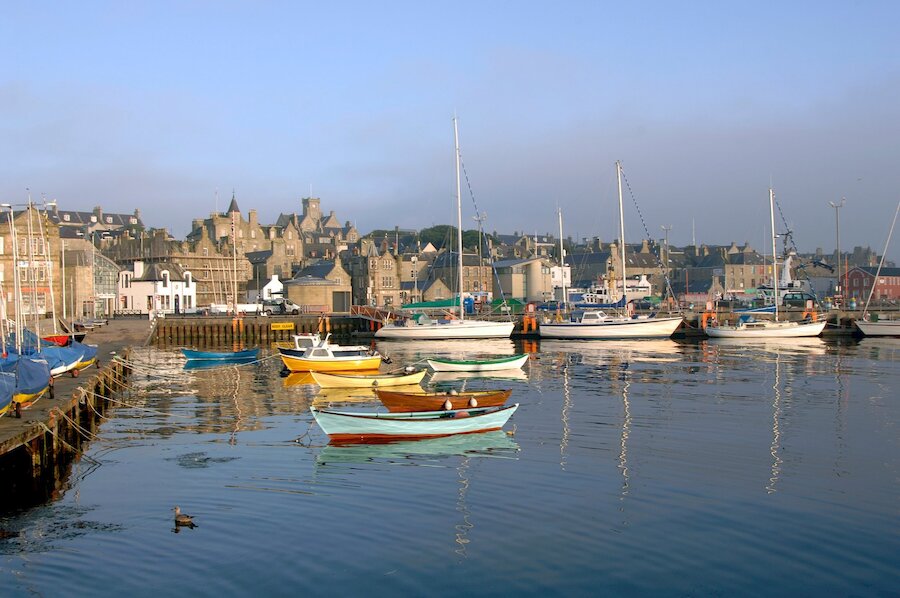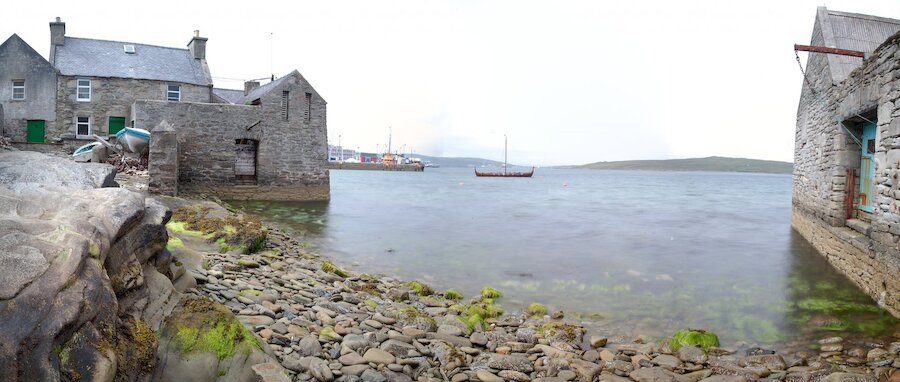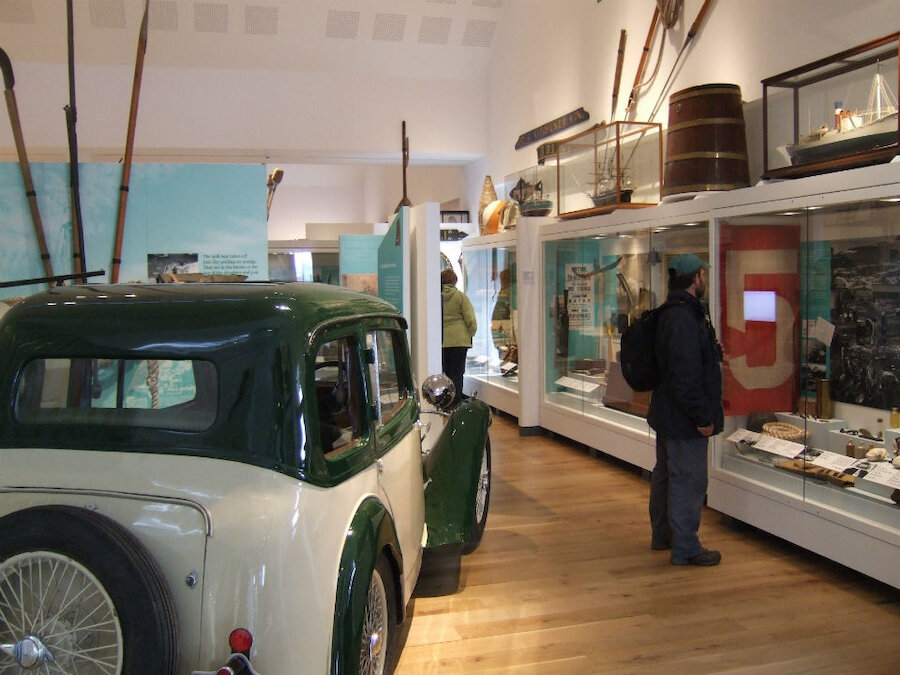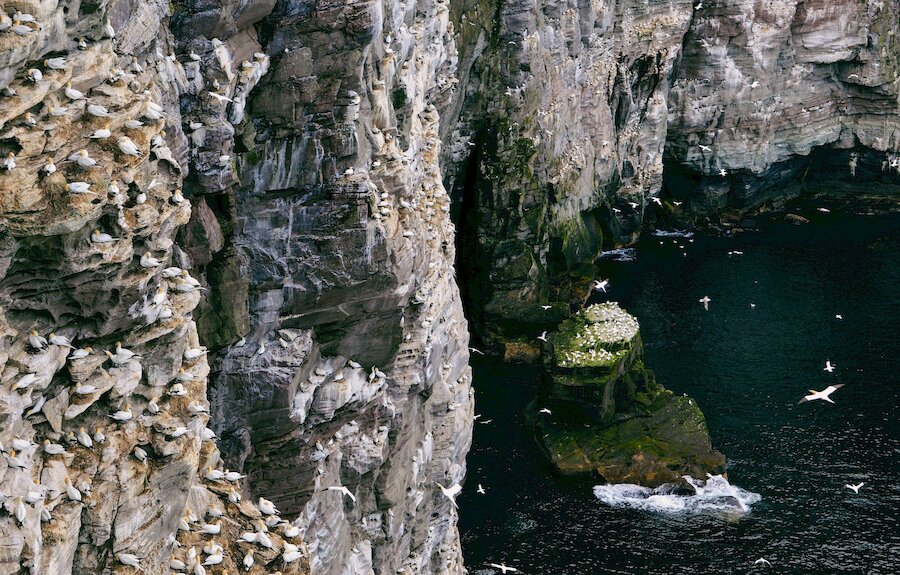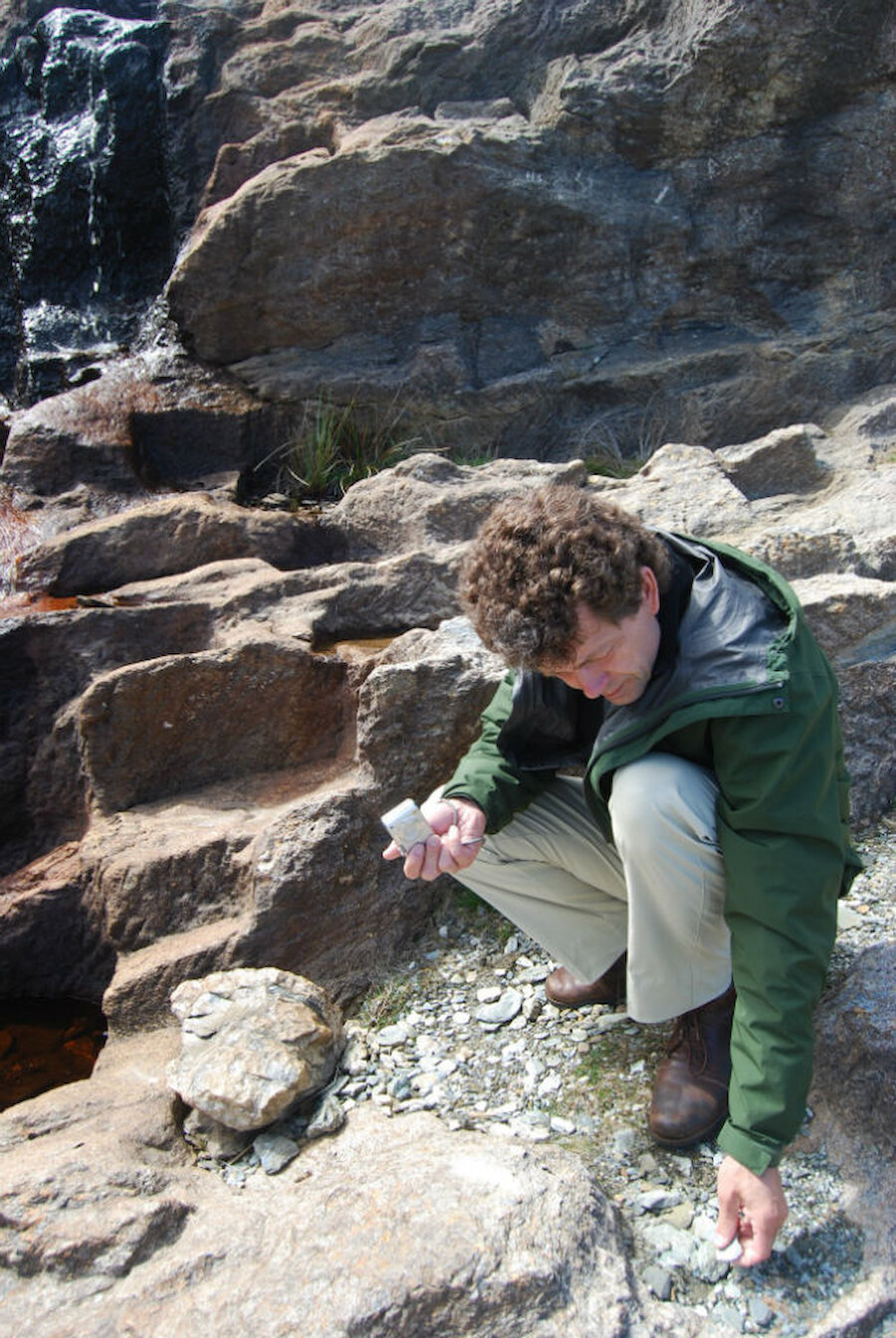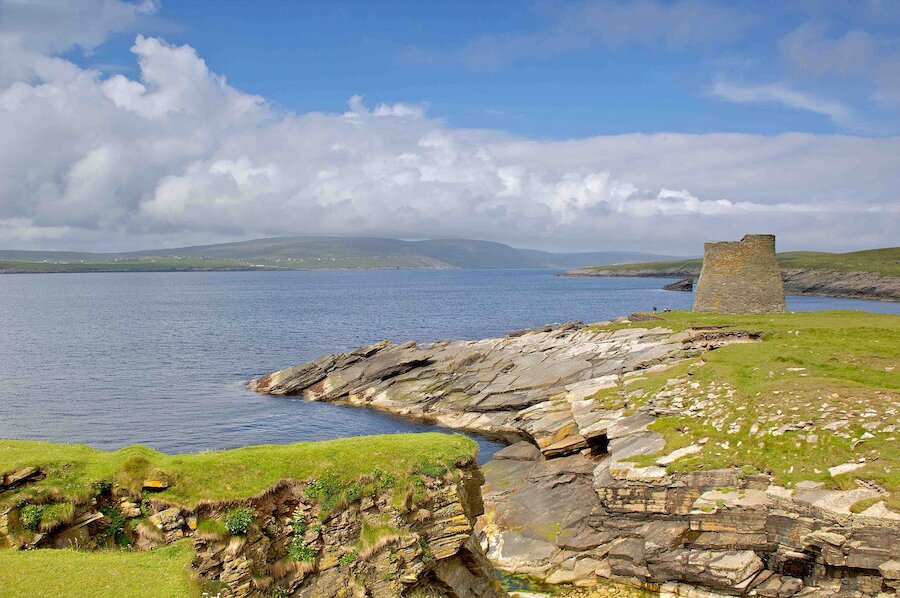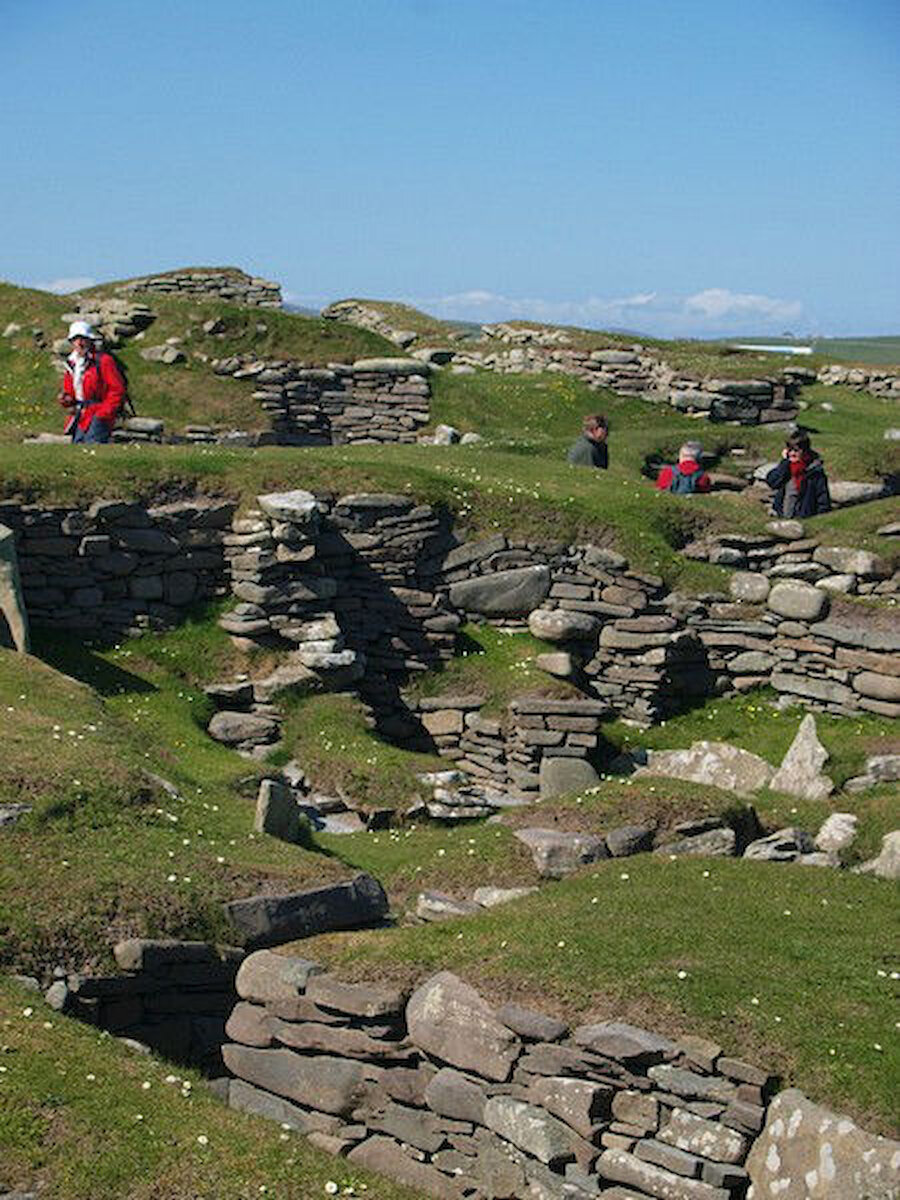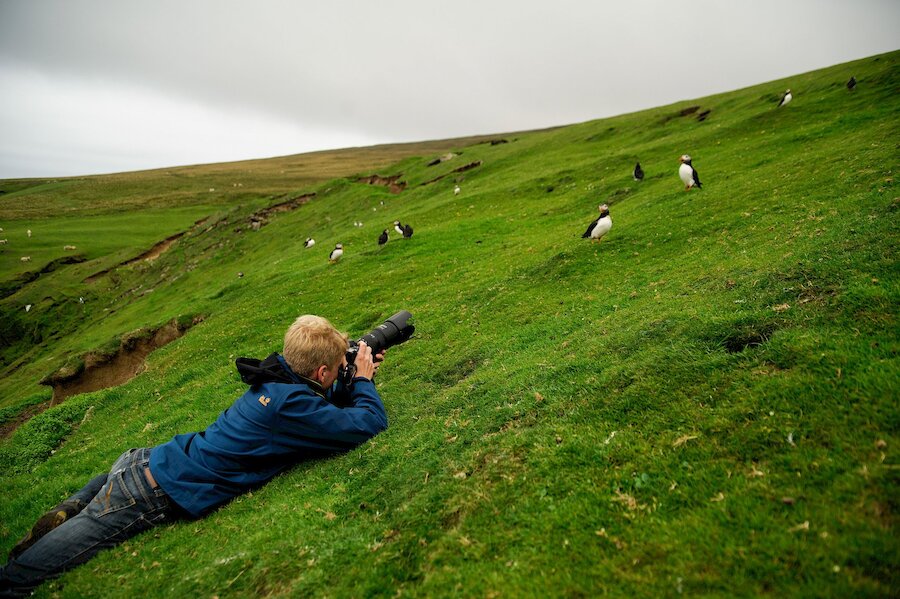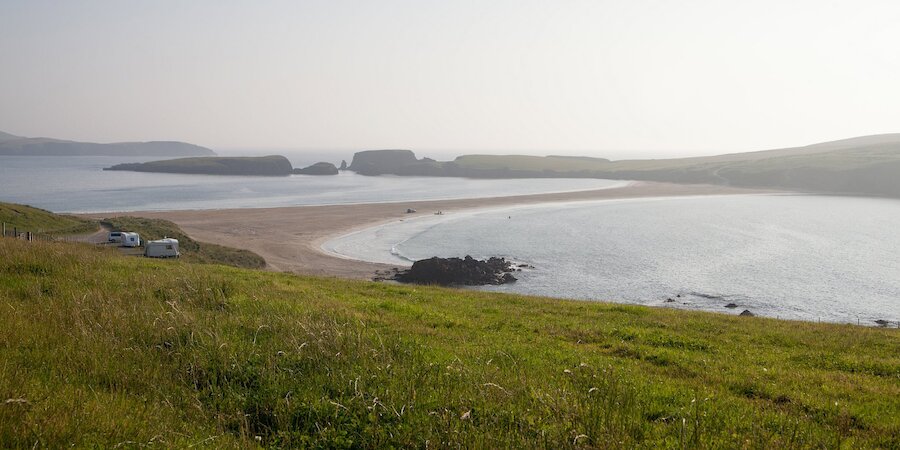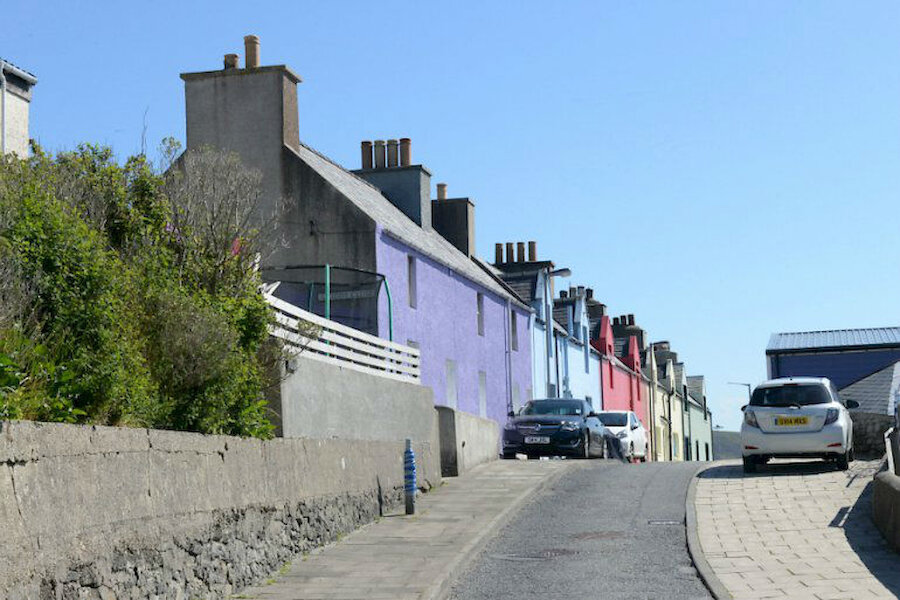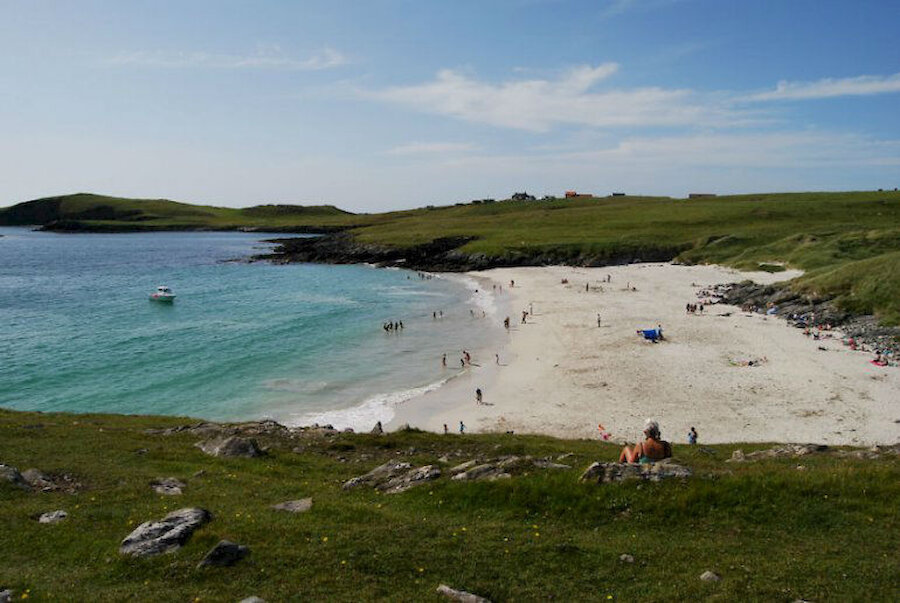Not far away is Fort Charlotte, an impressive structure named after Queen Charlotte, wife of George III. The first fortification was constructed in 1652 in connection with the first Anglo-Dutch war and it was later attacked. The structure that we see today dates from 1781 and was built to counter potential threats from Dutch, French, Spanish and American forces, though it never saw military action.
Any visit to Shetland needs to include the Shetland Museum and Archives. Displays tell the islands’ story from early geological time until the present. It’s really well organised and good for children, too, with such treats as a trowie knowe (where the legendary little people lived) and the chance to grind some flour in a stone mill. If you’re interesting in delving deeper into island history, the Archives staff can help.
You might catch a concert, or a current or classic film, at the nearby arts centre, Mareel. The museum has a cafe-restaurant and Mareel has a cafe-bar; both have great views of the historic Hay’s Dock (1830) and the harbour beyond. Seals are often seen here. Less than ten minutes’ walk away is the Clickimin Leisure Centre, which has superb facilities including a large pool, children’s pool and flumes.
There are some pleasant walks around Lerwick, including an easy stroll southwards on the Ness of Sound or a route around the cliffs by the Knab that gives good views over Bressay and the south entrance to the harbour.

